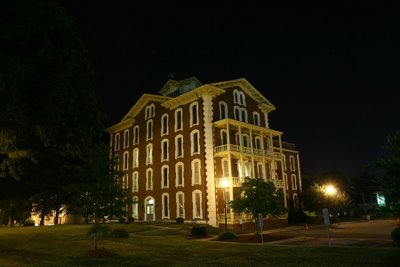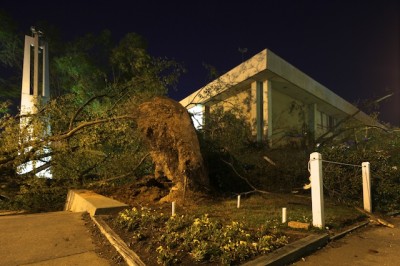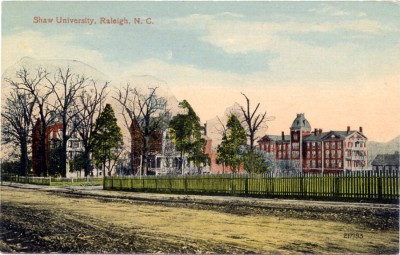
Estey Hall may be the most beautiful historic building in all of Raleigh. It has a rich and detailed history, tied in with many parts of the city.
Estey Hall is the first building constructed for the higher education of black women in the United States. It is also the oldest surviving building of Shaw University, the first institutionalized effort to educate former slaves after the Civil War. A Union army chaplain and Baptist missionary, Henry Martin Tupper, founded the school in 1865. Tupper’s efforts were part of a widespread, church-based movement to educate former slaves in the post-Civil War South. Originally meeting in a Raleigh hotel room, Tupper’s school was subsequently provided a building by the Freedmen’s Bureau. In 1870, with the financial assistance of Massachusetts benefactor Elijah J. Shaw, the school purchased a tract of land at the south end of Fayetteville Street, near the former Governor’s Mansion. Five years later, the school was chartered by the General Assembly as Shaw University.
Shaw began to admit women soon after its founding, and in 1874, “Estey Seminary†was erected to serve them. Named for Vermont contributor Jacob Estey, the building was designed by G. S. H. Appleget, architect of the Colonel J. M. Heck house and several other large residences north of downtown.
— National Park Service
As noted above, the architect was G. S. H. Appleget, who designed the Heck-Andrews House and other historic houses on Blount Street and the surrounding areas. Estey, the building’s namesake, also has a colorful history.
In 1855, Jacob Estey organized the first manufacturing company to bear his name, Estey & Green, which was followed by Estey & Company; J. Estey & Company; Estey Organ Company; and finally Estey Organ Corporation, until the company went out of business in 1960.
During these more than one hundred years, Estey became the largest and best known manufacturer of reed organs in the world, building more than 520,000 instruments, all of which carried the inscription of “Brattleboro, Vt. USA”
— Wikipedia
In addition to being the first historically black college of the south, Shaw also is home to the Leonard Medical School building. Leonard Medical School was the nation’s first four year medical school as well as the first medical school dedicated to teaching African Americans in the south.




 Sign up for the Newsletter
Sign up for the Newsletter